Legend has it that Thiruvadanai originated from a single drop of nectar that fell upon the earth and has been in existence in all four yugas. Referred to as 'Muktipuram' as it is believed to be a place that grants salvation, 'Adirathineswaram' after Sun's worship of the deity, and 'Aadanai' as here is where Varuni's curse for lifted, this sacred place holds significant spiritual importance. Varuni, the daughter of Varuna, the celestial god of rain, once unintentionally ignored Sage Durvasa, who was deeply engrossed in his penance. Enraged by her disregard, the sage cursed Varuni to have the head of a goat and the body of an elephant. Realizing her mistake, Varuni humbly sought the sage's forgiveness. Sage Durvasa advised her to worship God Shiva, who was revered by the Sun God himself at this very location, in order to regain her original form. Following the sage's guidance, Varuni bathed in the sacred waterbody known as Surya Theertham and worshipped God Shiva, eventually restoring her true appearance. This place came to be known as 'Aadanai' in Tamil, derived from the words 'Aadu' meaning goat and 'Yanai' meaning elephant, in reference to Varuni's transformation. The deity of this place was named Adanai Nadar.
Following the guidance of Brahma, Surya, the revered sun God, arrived at this location and established a water body to anoint the magnificent blue bejeweled Shivalinga and offered his worship to God Shiva. This divine linga is also referred to as Athirathineshwara, as it was revered by Athithya, an alternative name for Surya. Interestingly, it is believed that even in the present day, when the linga is anointed with milk during noon, it takes on a mesmerizing blue hue.
Spread over an area of approximately 10 acres of land, this Shiva Temple features a magnificent 130-feet tall Rajagopuram, adorned with intricate stone carvings. Its nine tiers add to the grandeur of the entrance, captivating all who lay eyes upon it. The temple's expansive walls, along with a spacious outer prakaram, create a sense of vastness and serenity.
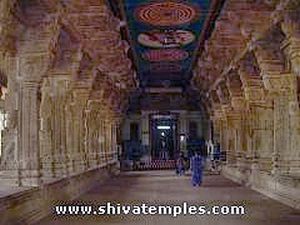
Inside, a pillared hall showcases exquisite carvings, further enhancing the temple's prominence as one of the esteemed temples of that region. Both the sannidhi of the presiding and female deity are oriented towards east. The architectural layout of the temple is meticulously designed in such a way that during the Tamil month of Masi, the rays of sunlight beautifully illuminate the idols of the God and Goddess. As one ventures into the inner prakaram, they will come across a series of sannidhis dedicated to various deities such as Vinayaka, Subramaniya, Surya, the 63 Nayanmars, Dakshinamurthy, Varunalingam, Vishwanath, Sandikeswara, Nataraja, Nalvar, Bhairava, Chandra and many more. The unique aspect of this temple lies in its ability to provide solace and relief to individuals who may be experiencing challenges due to the positioning of Venus in their astrological charts. By engaging in dedicated prayers and rituals on Fridays, worshippers seek to counteract any malefic effects of Venus and bring about positive changes in their lives. Ksheerakundam, Varuna Theertham, Agsthya theertham, Surya Theertham, Markandeya theertham are the associated sacred water bodies to this temple.
Muruga in this particular location is portrayed with a solitary face and four arms, standing tall and majestic at a height of approximate 5 feet, alongside his two consorts and a peacock. The peacock's face is directed towards the south. There is a renowned song in Tirupagazh dedicated to Muruga, further highlighting His reverence. The pathikam composed by Thirugnana Sambandar is in the 2nd Thirumurai.
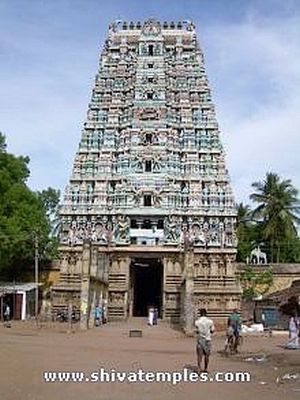 Rajagopuram
Rajagopuram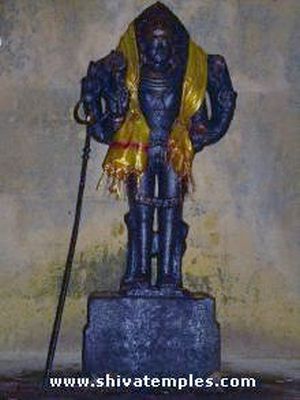 Bhairavar
Bhairavar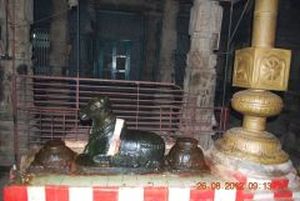 Dwajasthambam, Balipeetam, Nandhi
Dwajasthambam, Balipeetam, Nandhi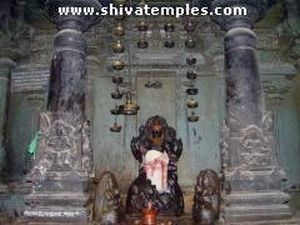 Prakaram sannidhi
Prakaram sannidhi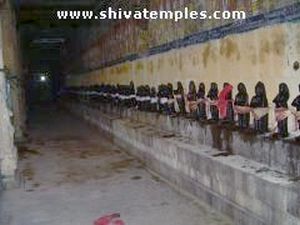 63 Nayanmars
63 Nayanmars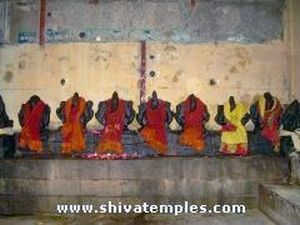 Saptha Matha
Saptha Matha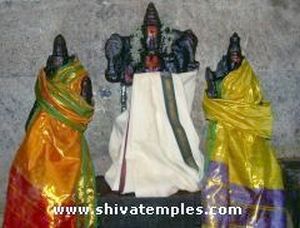 Varatharajar with Sreedevi and Bhoodevi
Varatharajar with Sreedevi and Bhoodevi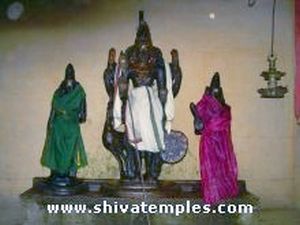 Muruga with his consorts
Muruga with his consorts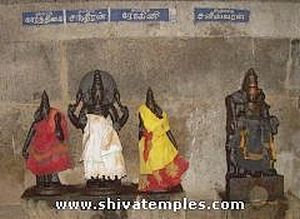 Chandra and Saneeshwara
Chandra and Saneeshwara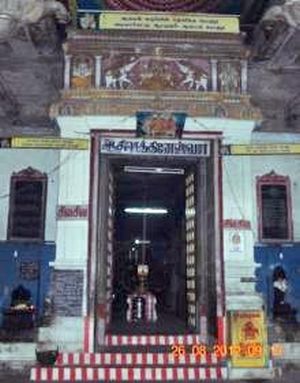 Adhirathineswarar sannidhi
Adhirathineswarar sannidhi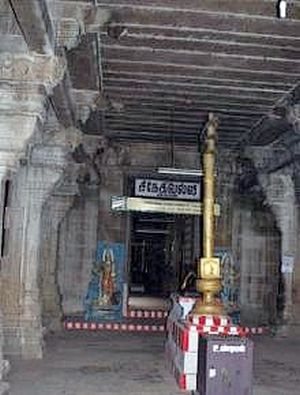 Snehavalli sannidhi
Snehavalli sannidhi